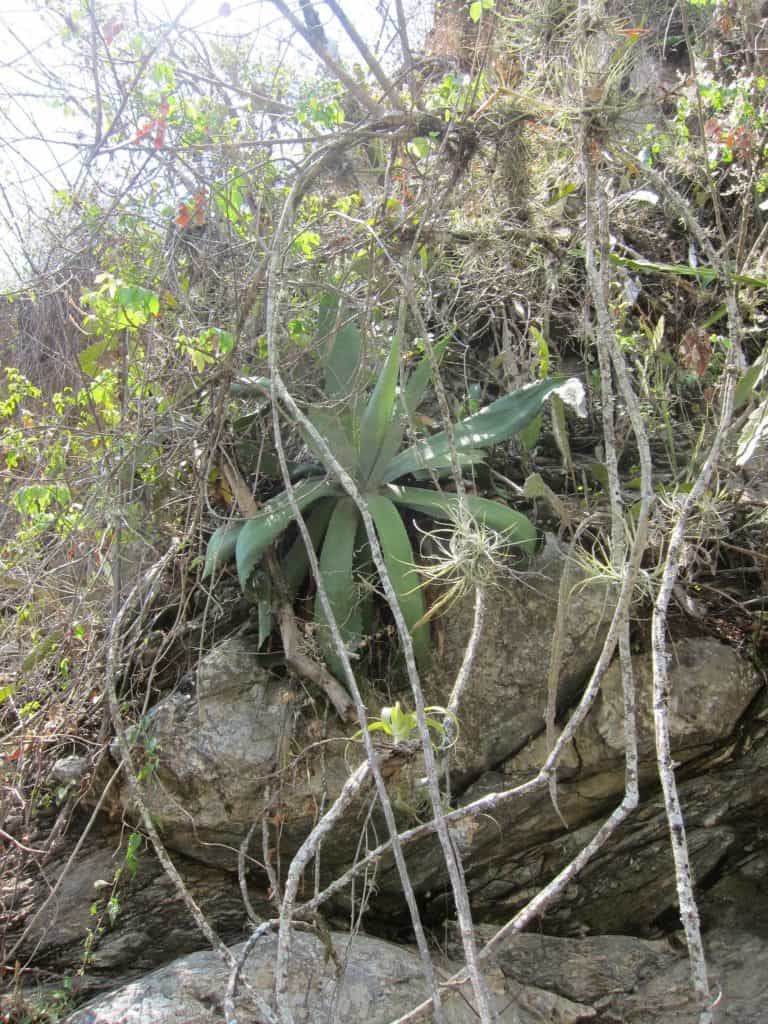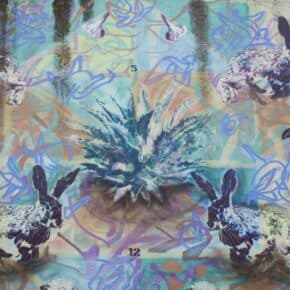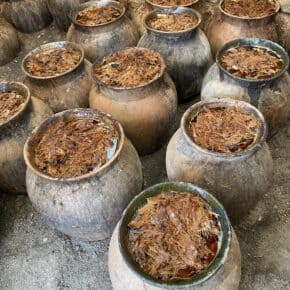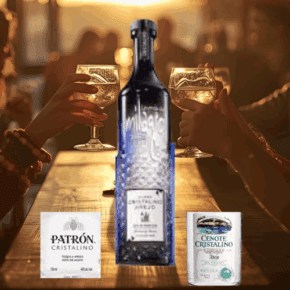
The literal translation of silvestre into English is wild. In the mezcal world it means wild agave which is differentiated from the cultivated varieties. The mezcal made from silvestres generally taste extremely different from their cultivated cousins because of the combination of their genetic diversity and all the environmental conditions that they live through. These agaves aren’t irrigated and generally live in truly wild circumstances meaning that they’re about as far away as you can imagine from the clean row crops that spring to mind when imagining agriculture. True silvestres grow where ever anything else doesn’t, on hillsides, in forests, along roadsides. They can also be really difficult to harvest and transport to a distillery, cue the pictures of a guy with a burro stacked with piñas, and that isn’t far from the truth.
In recent years the whole concept of a truly wild agave has been called into doubt, mostly by the increasing ability of farmers to cultivate previously wild agaves. The mezcal market has encouraged this development, who doesn’t like a different flavor in their mezcal? But that same demand has led to silvestres varieties like tobala being stripped clean from Oaxaca’s valle central and a race to the bottom in other areas. Thankfully the revolution in cultivating previously wild agave varieties means that they’ll live on. Unfortunately that has opened up another door of marketing dubiousness, how are you to tell whether the agave that went into your mezcal is truly wild? It may not matter that much to most people because the listed agave variety on a label tells you plenty about what’s in the bottle but verifying those high end purchases become even more important.












Leave a Comment